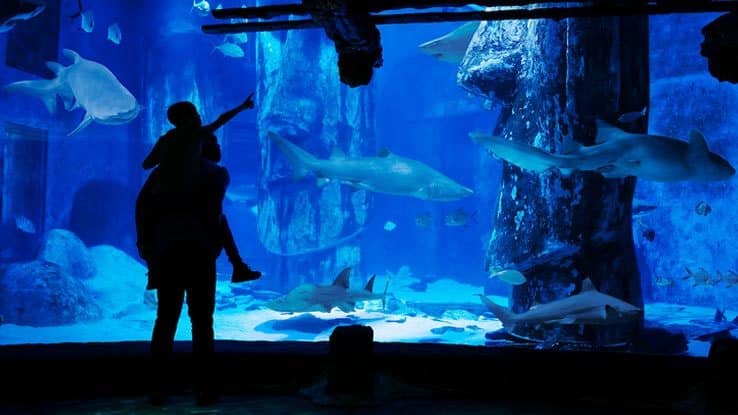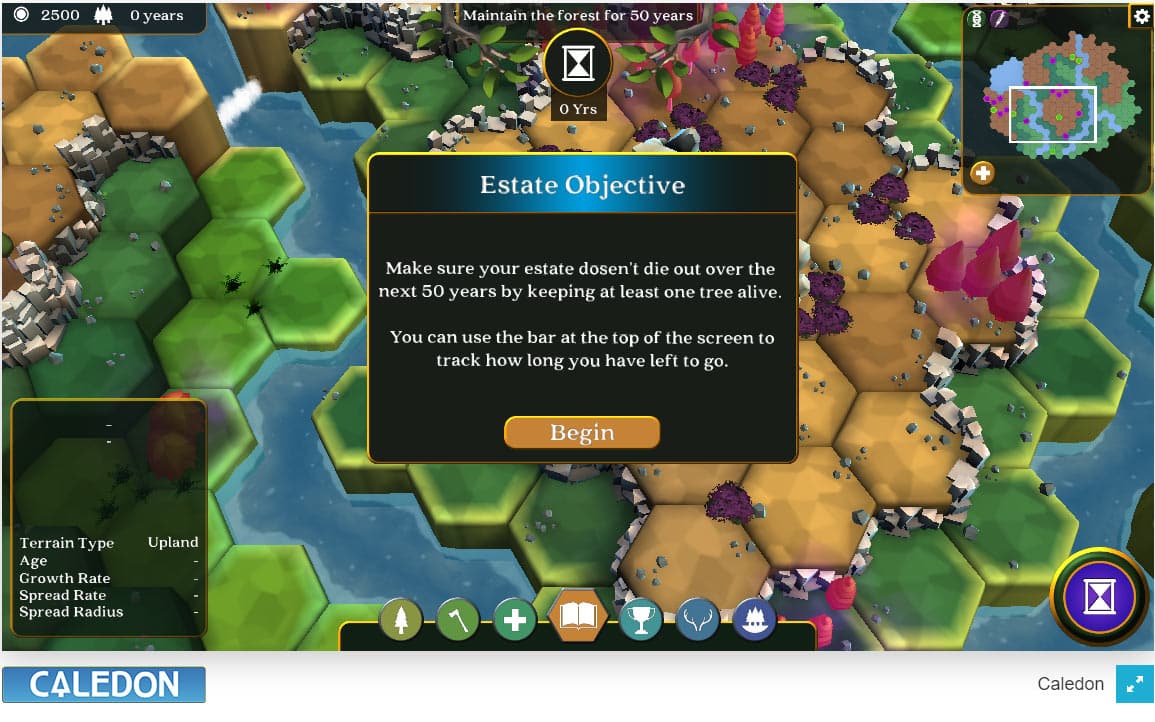Things To Do

Feature
8 new skills to learn from these top UK attractions
Expand your horizons while having fun at home.
Schools may be closed for the time being but that doesn’t mean you can’t be a student. If you still have extra hours to fill, now is the perfect time to explore some new interests.
Many attractions in the UK offer online lessons and demonstrations to inspire curious minds. Ever wanted to know how to make your own dosas, manage a forest or feed a shark? Experts ranging from top chefs to aquarists can help you learn all of this and develop other unusual skills too.
The best part? There’s no grades.
How to defend a castle
Warwick Castle is a medieval fortress that’s home to over 1,100 years of history. While preparing to roam its walls, towers and ramparts, you can also study how the original inhabitants kept attackers out as the attraction’s resident history experts show you how to defend a castle.
It examines how various structures like the “curtain walls” and battlements were designed for protection. Even the dry moat – in which the toilets were emptied – helped keep armies away (not surprisingly).
The video below also showcases Warwick Castle’s defences including its powerful barbican and gatehouse.
Once you’ve finished these required reading and viewing assignments, test your castle cred with this quiz.
How to build a LEGO frog
The UK boasts three incredible LEGO playgrounds – the LEGOLAND Windsor theme park and the LEGOLAND Discovery Centres in Birmingham and Manchester. You can also construct your own miniature block worlds at home. Not sure what to make? Get the creative juices flowing with tips and tricks from the Master Model Builders responsible for all the epic structures on display at these attractions.
In the video below, MMB Noel gives a tutorial on how to make an adorable little frog. Not only does he show you the exact pieces you’ll need (every brick, wedge, plate and tile), but he also demonstrates each step for you… so go ahead, leap to it!
How to feed a shark
From shrimp to stingrays, SEA LIFE London Aquarium is home to all sorts of marine life – including many species of magnificent sharks. Ever wonder what these fearsome predators of the deep eat? Get the dish on what goes down from the aquarists.
In the video below, you’ll see the food – buckets of whiting, haddock, jack and mackerel, all cut into bite-size pieces – and even hear a loud clap-like sound when the sharks snap it up. A funny side note: would you have guessed that aquarists mix vitamins and hide medicine in treats the same way we do for cats and dogs?
Similar to pets, the sharks at SEA LIFE are well-trained and, contrary to myth, they have scary-good memory. Sharks love their mealtime so much they know exactly when it is – right down to the day and hour.
Just a reminder: Feeding sharks is something to enjoy learning about on video and not to try doing on your own. Leave this how-to for the trained aquarists.
How to cook dosas
While you’re stuck at home, why not bring the world to your dining table? Several well-known chefs have recorded cooking tutorials featuring cuisines from places like Greece, Poland and Italy.
Food virtuoso Chetna Makan, who was a 2014 semi-finalist on The Great British Bake Off, has a series of 10-minute videos called Cook With Me. She’ll teach you to prepare Indian staples like dosas, naan and butter chicken biryani as well as other popular items such as chocolate chip cookies.
National Geographic Traveller has a list of more great lockdown cooking lessons from global chefs here. These amazing recipes should help prep your taste buds for the National Geographic Traveller Food Festival, which is coming to London on 16 January 2021.
How to project kingly power
If you should ever become king or queen (who knows, it could happen), you’ll need some positive PR communicating your right to the throne. No one was more skilled at image manipulation than Henry VIII, who ruled England from 1509-1547. He was a master showman.
History reporter Tracey Tooley gives you a peek into life at Hampton Court Palace when he was in charge. From touring the kitchen and cellar with its never-ending supply of wine, you’ll see that one way to convey power to your subjects is by lavish entertaining.
Along with sparing no expense on food and booze, Henry VIII liked to wear stylish clothes to impress his court.
And everyone knows how important it is to have a good photo of yourself. Ahead of his time, Henry VIII had grandiose portraits painted leaving no doubt who was the most powerful monarch in all the land.
How to make wax figures
Next time you snap a pic with Brad Pitt or one of the other 250 wax figures at Madame Tussauds London, take a moment to admire just how uncannily life-like it is.
The famous attraction has been immortalising celebrities, royalty, world leaders and other well-known people for over 200 years. From sculpting clay to making moulds, from determining hair and eye colours to painting on make-up, freckles and other details… it’s a pretty complicated process. Each one is a labour of love that can take between four and six months to finish. Discover how it’s done in the video below.
Even after a wax figure is completed and put on display, the work may not be done. When a star’s appearance changes, the sculpture has to change too. Did you notice that Brad Pitt has grown his hair out? The artists at Madame Tussauds did.
How to weigh an otter
No one likes to be weighed. So just imagine trying to coax one of the animals at ZSL London Zoo on a scale. Located at Regents Park, this attraction counts thousands of different species among its residents – including nine feisty female otters. In order to monitor their health, each one has to be weighed individually.
Animal Training Officer Jim Mackie shows you how they get otters to climb on the scale in the video below – be sure to keep your eyes on the target.
And once you’ve mastered weighing otters, you can move on to something bigger – like a baby rhino (which tips the scale at a whopping 243 kilograms).
How to manage a forest
The future of the environment is among the big questions of our time. Royal Botanic Garden Edinburgh takes the nation’s forests seriously. Much more than pretty flowers and a place to stroll, this world-renowned scientific centre offers an array of learning opportunities.
This includes a computer game where the goal is to save trees. Called Caledon, it aims to raise awareness of tree health problems by educating players about managing a virtual forest. Different scenarios crop up that range from restoring a declining forest to focusing on diversity or repopulating an area ravaged by disease.
Do you have what it takes to save the trees? Click here to play the game.

Discover more:
Feature: Things you may not know about these 12 UK attractions
Feature: The best online exhibitions, museums and virtual tours
Feature: Your itinerary for a virtually perfect day in London
Find more information about your favourite attractions in our Days In Guide.









